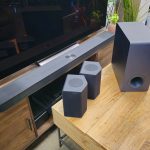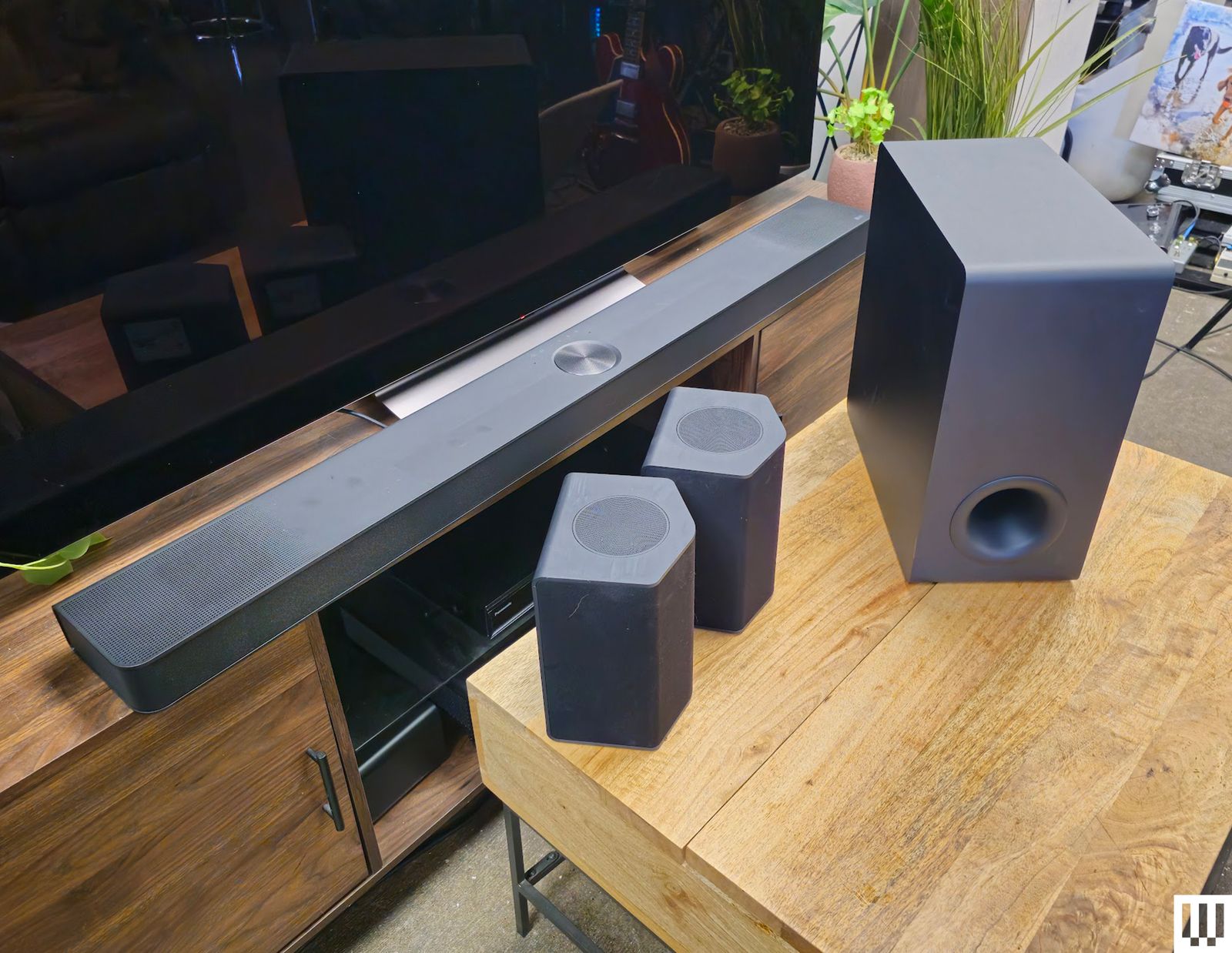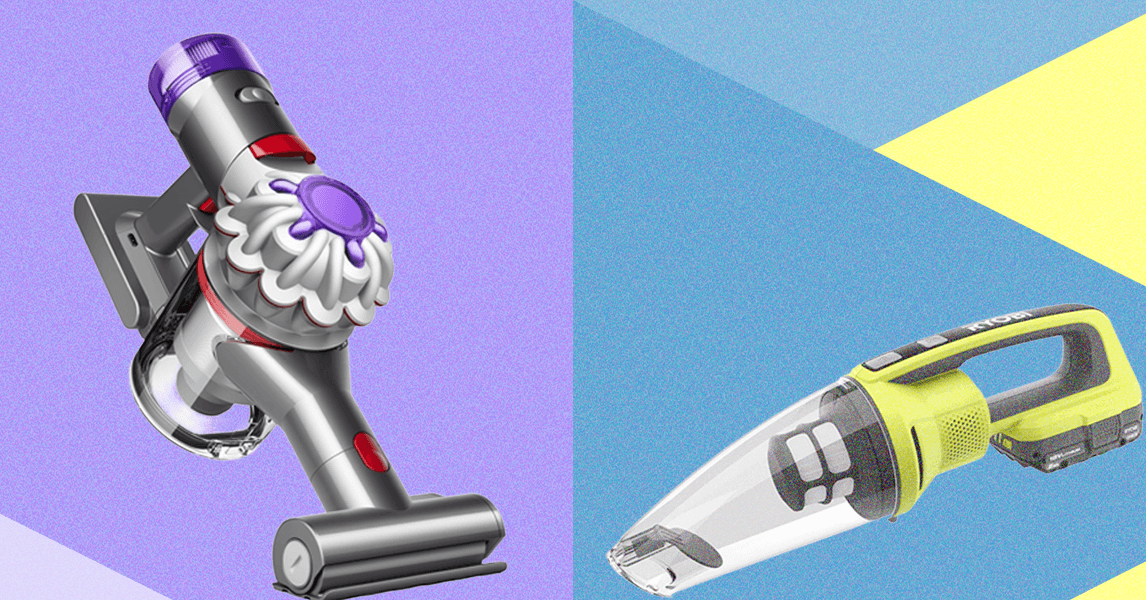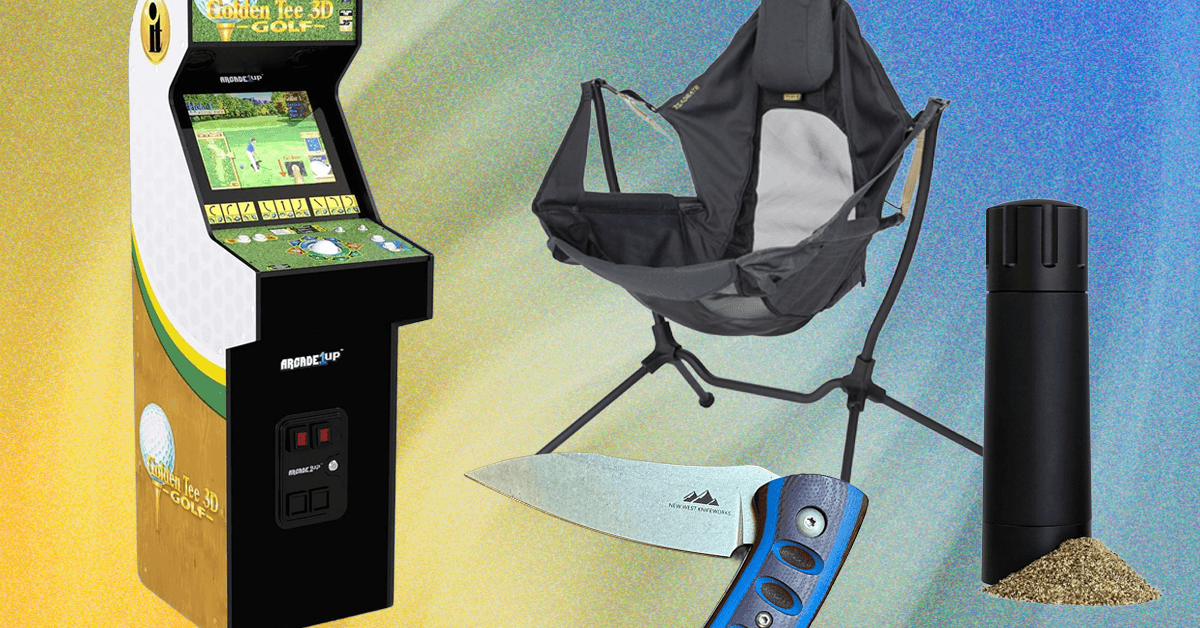
All solar outdoor lights draw power from the sun during daylight hours and store that power in a battery, or batteries, housed inside the lights. When the sun sets, the lights use that stored power to produce light. Some models come on automatically at dusk, and some can or must be turned on manually.
Unlike with conventional bulbs (including smart lightbulbs), lumens don’t quite capture the level of brightness produced by a fixture. That’s because the apparent brightness of the light created is affected by how the light is projected and reflected, as well as its color temperature. So refer to our ratings for insights on light color and settings, as well as the bulb type and number of LEDs per fixture, all of which can give you a sense of the color, brightness, and intensity.
There’s no hard and fast rule to how many hours these products will provide light, but our experts observed that almost any option will last longer than the time they spend charging in the sun—so on a long summer day, you could theoretically have ample light from dusk to dawn without the need to recharge.
Battery size, the size of the array, and total light output all have an effect on how long that light will last. So, for instance, with all factors being equal, a dimmer light will last longer than a brighter light. “Light duration is hard to explain because it involves a balance,” says Bernie Dietrich, CR’s senior tester who evaluated outdoor solar lighting.
Direct sunlight isn’t always a must for solar lights to work, but it certainly helps. In our tests, solar lights were able to generate light even after charging on overcast days, but a lack of sun certainly affected battery life. If you’re concerned about a lack of sunlight, look for outdoor lights that you can charge with a USB cord, so you can top off the battery even on the dreariest days. Also consider models with an on/off switch—that way you can turn off the lights until you need them and conserve the battery’s charge in the process.
The best place to store solar lights in the winter, when there’s less sun to power them? Generally speaking, many battery-powered devices fare best when stored around room temperature. This would mean keeping them indoors during cold weather—that’s inconvenient, but at least you’ll also avoid hitting them with a shovel, plow, or snow blower when they’re safely packed away.









